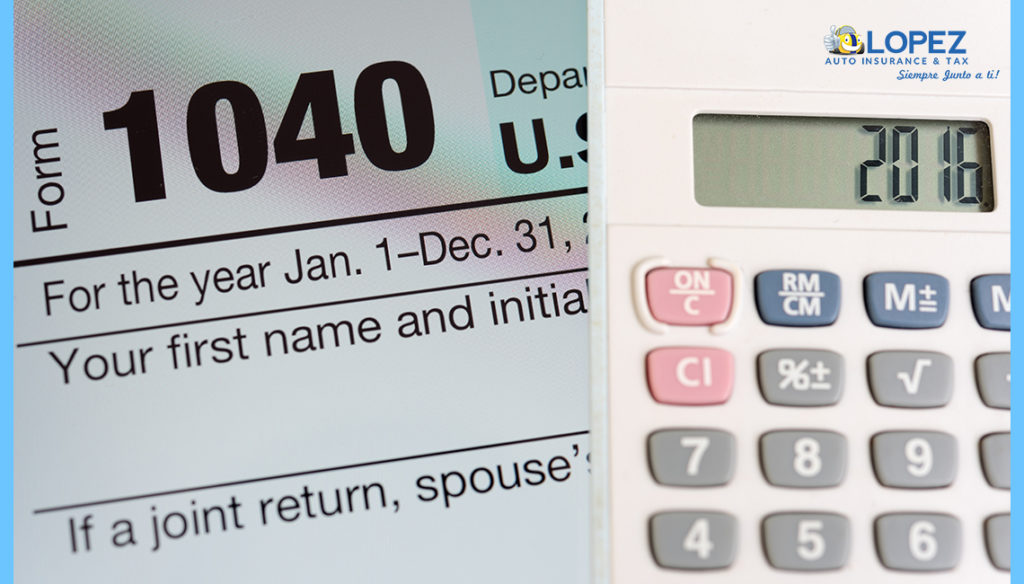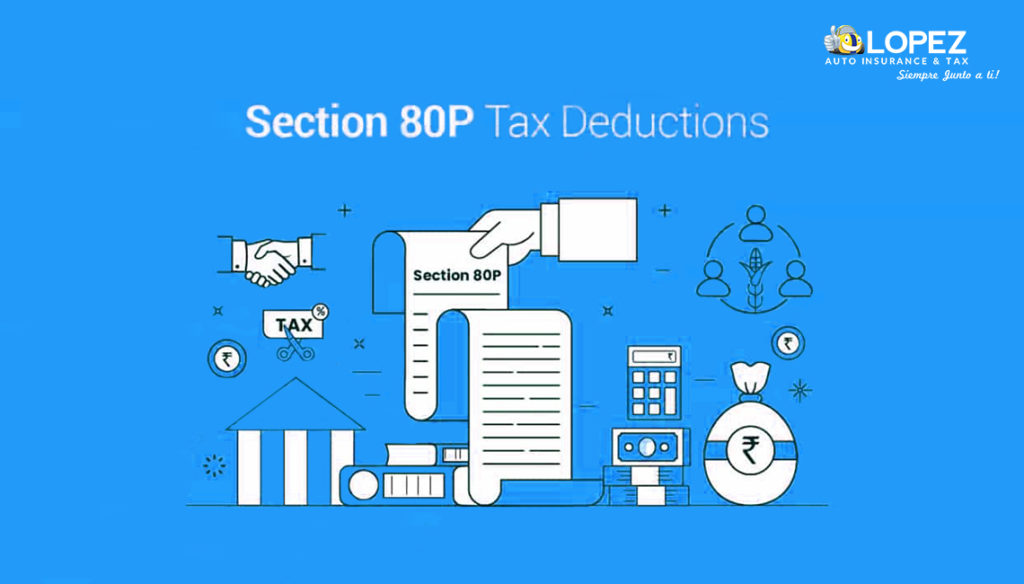Every year when you file your federal income tax return, you have the option of taking the standard deduction or itemized deductions to decrease your taxable income. The vast majority of taxpayers use the standard deduction because, due to changes in tax law, few people find it worthwhile to itemize anymore. A major tax rewrite in 2017 increased standard deduction levels, and the IRS has recently increased them even further, despite the greatest inflation in decades.
Table of Contents
What Is the Standard Deduction?
If you claim the standard deduction, simply enter the available amount on your Form 1040. The standard deduction will be deducted from your gross income when you calculate your adjusted gross income, or AGI.

Here’s how it works: If you made $75,000 in 2023 and file as a single taxpayer, the standard deduction of $13,850 will lower your taxable income to $61,150.
Standard Deduction: Single, Married and Head of Household
The quantity of your standard deduction is mostly determined by your tax filing status. Aside from your tax filing status, your standard deduction is calculated based on your age, whether you are blind, and whether another taxpayer can claim you as a dependent.
Standard Deduction 2023 (Returns Due April 2024)
| Filing Status | Standard Deduction 2023 |
| Single; Married Filing Separately | $13,850 |
| Married Filing Jointly & Surviving Spouses | $27,700 |
| Head of Household | $20,800 |
The IRS adjusts the standard deduction for inflation for each tax year.
Standard Deduction 2024 (Returns Due April 2025)
| Filing Status | Standard Deduction 2024 |
| Single; Married Filing Separately | $14,600 |
| Married Filing Jointly & Surviving Spouses | $29,200 |
| Head of Household | $21,900 |
Additional Standard Deduction for People Over 65
Taxpayers who are blind and/or 65 or older can claim an additional standard deduction, which is applied to the ordinary standard deduction based on their filing status.
| Filing Status | Taxpayer Is | Additional Standard Deduction 2023 (Per Person) | Additional Standard Deduction 2024 (Per Person) |
| Married Filing Jointly or Married Filing Separately | Blind | $1,500 | $1,550 |
| Married Filing Jointly or Married Filing Separately | 65 or older | $1,500 | $1,550 |
| Married Filing Jointly or Married Filing Separately | Blind AND 65 or older | $3,000 | $3,100 |
| Single or Head of Household | Blind | $1,850 | $1,950 |
| Single or Head of Household | 65 or older | $1,850 | $1,950 |
| Single or Head of Household | Blind AND 65 or older | $3,700 | $3,900 |
Navigating the increased standard deduction amounts can be complicated. The IRS instructions for Form 1040 often provide a table that will assist you in calculating the standard deduction available to you based on when you (and your spouse, if applicable) were born and whether you and your spouse are legally blind.
Let’s look at a few examples of how the increased standard deduction can function.

Example 1: Jim and Susan, a married couple, file a joint return. They are both over 65. Susan is blind, although Jim is not.
In 2023, they will receive the customary standard deduction of $27,700 for a married couple filing jointly. They also receive an additional standard deduction of $1,500 per person for being over 65. Susan’s blindness qualifies them for an additional $1,500 standard deduction. As a result, their standard deduction for 2023 is $32,200, calculated as $27,700 + $1,500 + $1,500 + $1,500.
If Jim and Susan’s marital or eyesight status does not change, their standard deduction for 2024 tax returns will be $33,850. That includes the 2024 regular standard deduction of $29,200 for married taxpayers filing joint returns, as well as three additional standard deductions of $1,550 each.
Example 2: Ellen is unmarried, over the age of 65, and not blind. In 2023, she will receive the ordinary standard deduction of $13,850, plus an extra standard deduction of $1,850 for being a single filer over the age of 65. Her total standard deduction will be $15,700.
Ellen’s standard deduction for 2024, assuming no changes, would be $16,550: the regular 2024 standard deduction of $14,600 for single taxpayers, plus an additional standard deduction of $1,950 for those over 65.
More on the Additional Standard Deduction for the Blind
To claim an additional standard deduction for blindness, you (or your spouse, if applicable) must be either entirely blind by the end of the tax year or have a certified statement from our ophthalmologist or optometrist saying that either:
- Glasses or contact lenses cannot improve your vision to more than 20/200 in your better eye.
- Your field of view is 20 degrees or smaller.
Standard Deduction for Dependents

If another taxpayer claims you as a dependent, your standard deduction is limited.
For 2023, the standard deduction for dependents is limited to the greater of $1,250 or your earned income plus $400—but it cannot exceed the customary standard deduction allowed for your filing status.
For 2024, the ceiling will be $1,300 or your earned income + $450, whichever is higher. However, the amount cannot exceed the standard deduction available for your filing status.
For example, suppose Sarah is a college student who is dependent on her parents and earns $15,000 from a part-time job in 2023. When Sarah files her 2023 tax return, her standard deduction will be the higher of:
- $1,250
- $15,400 (her $15,000 of earned income plus $400)
The evident bigger amount is $15,400. However, because her standard deduction cannot be greater than the regular standard deductible available for her filing status—in this case, single—her standard deduction for 2023 will be $13,850.
Assume Sarah works fewer hours in 2024, resulting in an earned income of $10,000. Her standard deduction will be the larger of:
- $1,300
- $10,450 (her $10,000 of earned income plus $450)
Sarah’s standard deduction for 2024 will be $10,450, which is less than the customary standard deduction ($14,600) for her filing status in 2024.
When Can You Claim the Standard Deduction?
The standard deduction is accessible to everyone who does not itemize their deductions. Claiming the standard deduction is simpler than itemizing because you do not have to track your expenses.
When Can’t You Claim It?
There are a few cases that disallow the standard deduction. You cannot claim the standard deduction if:
- You are married and file separately from a spouse who itemizes deductions.
- You were what the IRS calls a “nonresident alien” or a “dual-status alien” during the tax year.
- You file a return for less than 12 months due to a change in your accounting period.
- You file as an estate or trust, common trust fund or partnership.
Itemized vs. Standard Deduction

As with the standard deduction, itemizing lowers your taxable income.
You may be eligible to claim a wide range of itemized deductions, including out-of-pocket medical expenses, state and local taxes, home mortgage interest, and charitable contributions. However, itemizing can be a lot more difficult process than taking the standard deduction.
You must maintain track of your costs, keep receipts or other paperwork confirming that you spent the money for deductible purposes, and, if you are doing your taxes on paper, fill out additional tax forms.
Can itemizing save you money?
For some people, itemizing lowers their tax burden more than claiming the standard deduction. However, almost 90% of taxpayers prefer to use the standard deduction.
This was not always the case. Before then-President Donald Trump signed the 2017 tax bill, approximately 30% of filers itemized deductions. However, the measure temporarily boosted the standard deduction, virtually doubling it across all filing statuses. It also removed or limited certain itemized deductions, including:
- Capping the deduction for state and local taxes (SALT) at $10,000
- Limiting the home mortgage interest deduction to interest paid on up to $750,000 of mortgage debt (up to $375,000 if married filing separately)
- Eliminating unreimbursed employee expenses
As a result, fewer people profit from itemizing—a condition that is likely to persist until the provisions of the 2017 law expire on December 31, 2025, or sooner if Congress acts.
Conclusion
Claiming the standard deduction is usually the simplest method to file your taxes, but if you have a lot of itemized deductions, tally them all up and compare the amount to the standard deduction for your filing status. Most of the best tax filing tools will assist you with this. If you have enough deductions, itemizing may be the more advantageous option.
Frequently Asked Questions (FAQs)
What happens if your standard deduction exceeds your income?
When your gross income—defined by the IRS as wages plus other income, including dividends and retirement distributions—exceeds the standard deduction for your filing status, your taxable income is practically zero, and you are not required to file a federal tax return. However, filing is still a good idea, especially if you can claim the earned income tax credit or another “refundable” tax credit that puts money in your pocket even if you don’t owe any taxes.
What can I deduct using the standard deduction?
If you choose the standard deduction, you will be unable to claim itemized deductions such as the charitable donation write-off. However, you can still claim “above-the-line deductions,” often known as adjustments to income, which are reduced from your gross income. Above-the-line deductions include tax advantages for student loan interest, regular IRA contributions, and military relocation fees.
How can I maximize my standard deduction?
To claim the largest standard deduction available, ensure that you correctly answer the questions about your age, marital status, family composition, and blindness asked by your tax software. This ensures that the correct deduction amount is removed from your taxable income. If you’re filling out a paper tax form, select the suitable standard deduction based on your filing status and circumstances.





